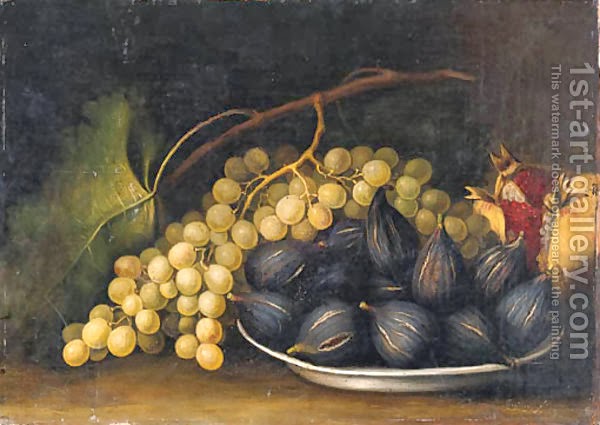Throughout the Talmud, we have multiple instances of specific limits; for example, sukkah must not be lower than ten handbreadths. Where are these limits coming from? – Most were taught to Moses by God on Mount Sinai and then passed through generations. This in contradistinction to laws that are written down in the Torah itself.
But even for other limits - they are all written in the Torah! - in the phrase which seems to be praising the Land of Israel, but which really serves as the enumeration of limits. Here it is: “It is a land of wheat, barley, grapes, figs, and pomegranates - a land of oil-olives and honey-dates.”
For example, wheat is used for measuring ritual impurity: if one stays in a house afflicted with the special type of leprosy for longer than it takes to eat half a loaf of wheat bread, his garments become impure. So too barley: a human bone the size of a barley seed makes one ritually impure. Fig – this is how much food one needs to carry on Shabbat to be liable, and so on.
So what is the origin of all the prescribed limits and measures? – Didn't we say that measures are specifically mentioned in the Torah phrase above? - No, of course not! It just talks about Israel's bounty, and the measures were given by God orally, made dependent on fruit sizes rather than absolute numbers, and are only hinted at in the Torah.
Art: A Bunch of white Grapes with Figs in a shallow Bowl By Jos Gozalves De Coniedo
Tuesday, February 11, 2014
Subscribe to:
Post Comments (Atom)


No comments:
Post a Comment